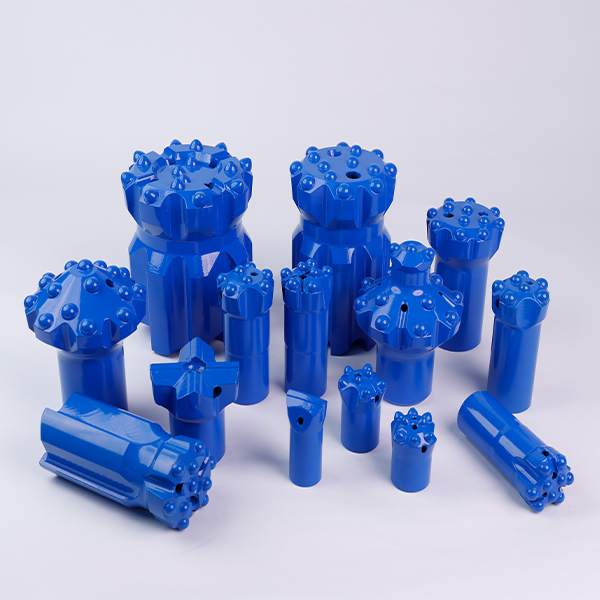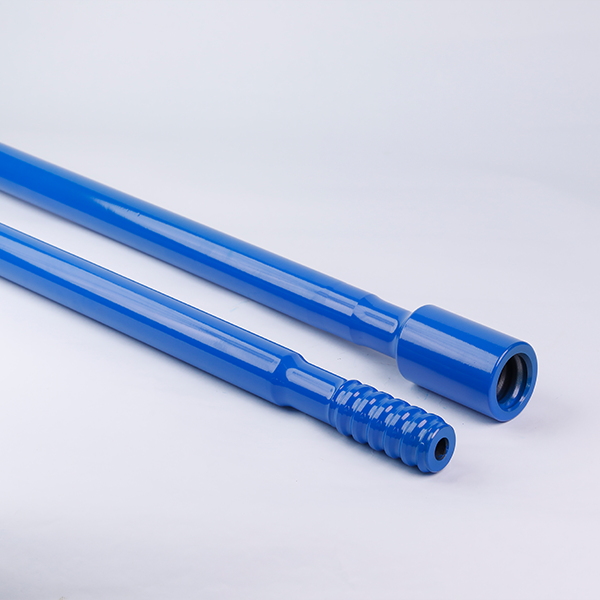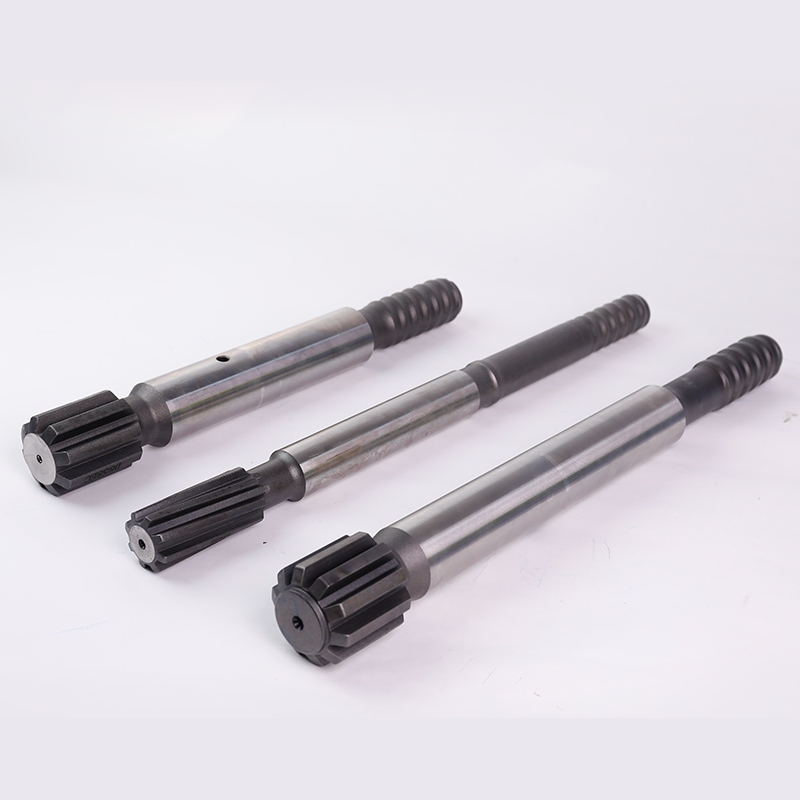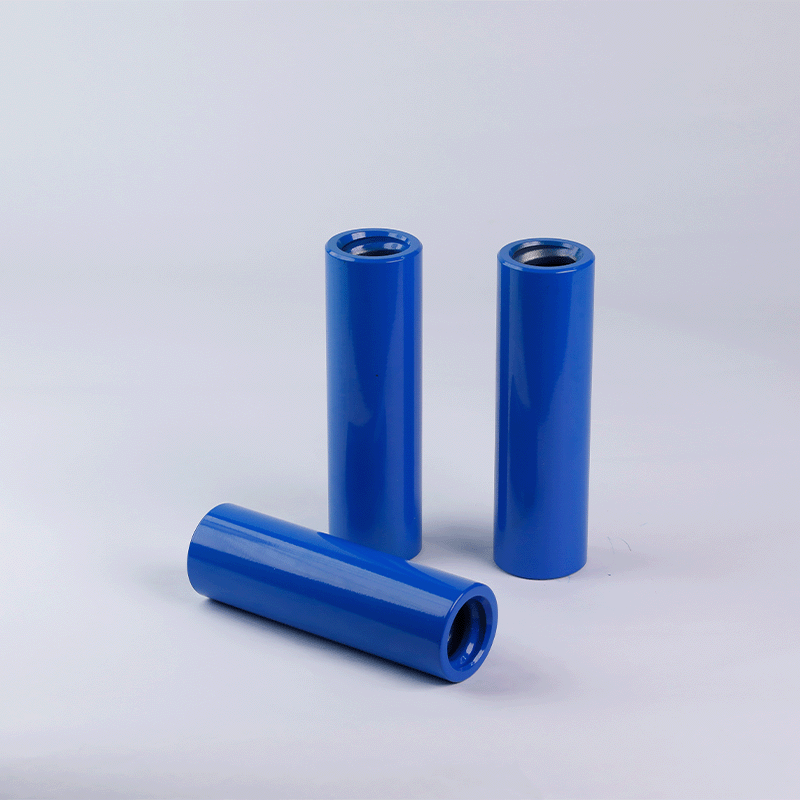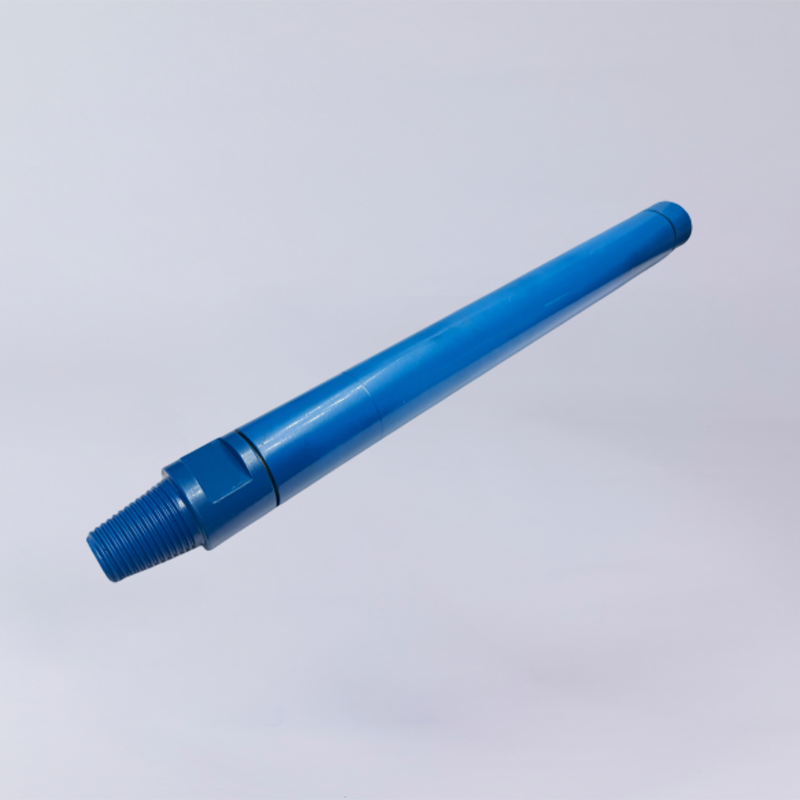In mining and geological exploration, DTH (Down-the-Hole) drilling jumbos play a crucial role due to their high efficiency and reliability. However, improving the operational efficiency and precision of these machines remains a key area of research. Studies have shown that by monitoring the impact frequency of DTH drilling jumbos in real-time, operators can adjust the jumbo’s parameters to ensure it operates within the optimal impact frequency range, enhancing drilling speed and efficiency. The system for collecting impact frequency, based on certain signals during the drilling operation, has evolved with several key technologies that contribute to its effectiveness.
High-Precision Acoustic Signal Collection Technology
During the operation of a DTH drilling jumbo, the drill bit impacts the rock and creates a series of complex sound signals. These signals contain valuable information, such as the rock's hardness and the drill bit's operational condition. High-precision acoustic signal collection technology is the foundation of the impact frequency collection system. The system uses advanced digital microphones that capture subtle sound signals from the drilling process and convert them into electrical signals for transmission. These microphones are highly sensitive, with a wide frequency response and low noise, ensuring accurate and comprehensive signal collection. The system also features specialized signal conditioning circuits that amplify, filter, and process the captured signals to enhance their quality.
Intelligent Signal Processing Technology
The captured sound signals often include noise and interference. Extracting accurate impact frequency data from these signals is the core challenge of the system. To address this, the system employs intelligent signal processing technologies, including Hilbert transform, Variational Mode Decomposition (VMD), and Savitzky-Golay filtering.
- Hilbert Transform: By applying the Hilbert transform to the acoustic signals, the system extracts the envelope and phase information, providing a foundation for further analysis. It helps in understanding the dynamic changes in the signals and identifying the moments of impact events.
- Variational Mode Decomposition (VMD): VMD technology decomposes complex sound signals into multiple sub-signals with different frequency characteristics. By optimizing this process, the system removes noise unrelated to the impact frequency while preserving the relevant information.
- Savitzky-Golay Filtering: After the VMD process, the signals are filtered and smoothed to retain their trend while eliminating high-frequency noise. This step ensures that the processed signals are smoother and more accurate, making it easier to extract the impact frequency peaks.
Efficient Sampling Frequency Optimization Technology
The choice of sampling frequency directly affects the accuracy and real-time performance of the sound signal collection. A low sampling frequency may distort the signal, failing to reflect changes in impact frequency, while a high frequency could burden the data processing system, reducing efficiency. Therefore, selecting the optimal sampling frequency is critical.
The system identifies 6 kHz as the ideal frequency for capturing impact signals clearly, ensuring both signal accuracy and system stability. At this sampling rate, the system can accurately record the peak of each impact, providing reliable data for impact frequency extraction.
System Integration and Real-Time Processing Technology
The impact frequency collection system is a complex integrated system involving sound signal collection, processing, data transmission, and display. To ensure stability and real-time performance, the system utilizes advanced integration techniques and real-time processing algorithms.
- System Integration: The system tightly integrates hardware devices such as digital pickups, data acquisition cards, and industrial control computers to form an efficient and stable acquisition platform. The hardware layout and signal transmission paths are optimized to minimize signal loss and interference, improving collection accuracy.
- Real-Time Processing: The industrial control computer, as the system's core processing unit, has powerful computing and real-time processing capabilities. It processes and analyzes the collected sound signals in real time, quickly extracts impact frequency information, and stores and displays the data locally. Additionally, the system supports remote data transmission, allowing users to monitor and manage it from anywhere.
Rock Structure Identification Technology
During drilling, the physical properties and structural features of the rock can affect the impact frequency. By analyzing the variations in impact frequency, the system can identify structural features within the rock, such as joints, fractures, and broken zones. This technology is crucial for evaluating rock stability and optimizing drilling parameters. The system compares impact frequency data from drilling different rocks and structures. It finds that the frequency drops significantly when encountering weaker rock structures but rises again when the rock structure stabilizes. Combined with borehole imaging tests, the system can accurately identify the location and development level of structural features, providing critical technical support for drilling operations.
Conclusion
The reason why the percussion frequency acquisition system for down-the-hole drilling rigs plays a significant role in mining and geological exploration is due to its integration of key technologies such as high-precision acoustic signal acquisition, intelligent signal processing and analysis, efficient sampling frequency optimization, real-time data processing and display, and intelligent identification of rock structure surfaces. The combined application of these technologies not only significantly enhances the operational efficiency and accuracy of the drill rig but also provides operators with real-time, accurate data support, enabling engineering operations to be conducted more safely and efficiently. As technology continues to evolve and improve, the percussion frequency data acquisition system for down-the-hole drills will undoubtedly demonstrate its unique value and appeal in more fields, driving the intelligent and efficient development of the engineering industry.

